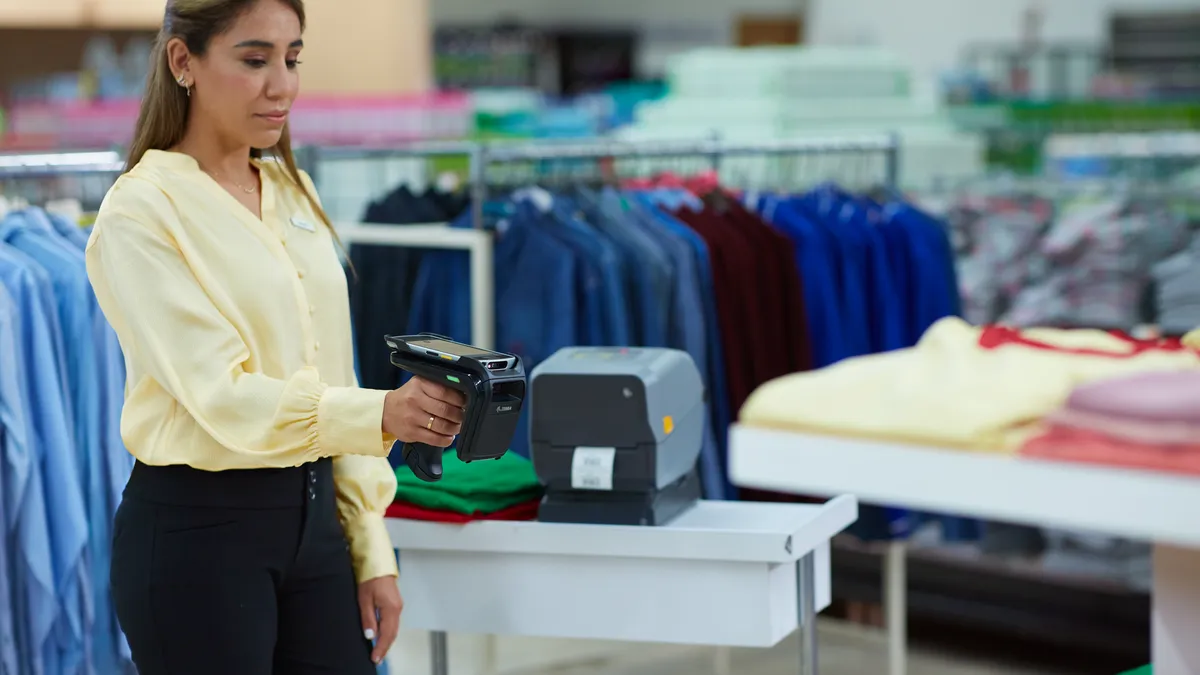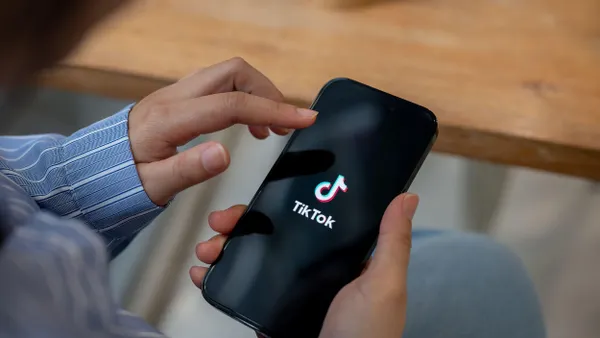With the need to optimize supply chains and cut down on time consuming efforts, retailers including Walmart and Nordstrom have turned to RFID technology as a solution. They have mandated that their suppliers pre-label certain products they are shipping to them with RFID labels. Walmart, for example, started with apparel and then recently announced an expansion into many departments including home goods, toys, entertainment and many more.
Why Retailers Are Adopting RFID
The value for retailers to use RFID tagged products is that it makes inventory management easier and more accurate. With today’s digital world, having knowledge of what’s in stores makes the customer’s experience a lot more fruitful. For example, many retailers are driving to offer buy online, pickup in store (BOPIS). Customers can research products and make their purchase online and have the convenience of picking it very quickly at a local store. Alternatively, as customers come into stores, the retailer’s front-line employees having accurate knowledge of what’s in stock makes it easier to help customers get what they need. However, to provide these value-added offerings, retailers must have accurate inventory counts. RFID helps with this as they can quickly and efficiently cycle count in retail stores to cross check their assumed inventory levels. In addition, RFID can be used at strategic points in the supply chain (warehouses, distribution centers, backrooms) to collect information more quickly about product movement.
By simply adding a low cost RFID label to products, anyone in the supply chain can cut down on efforts of logging transactional data using RFID hardware such as portals, handheld readers and tunnels.
Why Manufactures & Suppliers Should Take Advantage
As retailers are requiring their suppliers to affix RFID labels to product being shipped, it makes sense to use those RFID labels for internal inventory control. A great use case is to do a shipment verification of product as they are being shipped out. By using RFID, outbound product can be scanned quickly and accurately to determine that the correct items are being sent out and alert for mis-ships.
With RFID, hundreds of items can be scanned per second and since the product is already RFID labeled, the incremental efforts to tap into this benefit are minimal.
Your Guide To the Walmart RFID Mandate:
How TagMatiks Wedge Helps
TagMatiks Wedge is a low cost RFID handheld based solution to collect RFID tag data and feed that data to your backend systems. The solution is available as an easy to download application for both iOS and Android directly from the iOS App Store and Google Play Store. You can use it for free up to 500 scans and once you’re ready to purchase, it’s just a $99 one-time license.
After connecting an RFID handheld to an iOS or Android device, users can scan RFID labels and tags using an inventory workflow. The solution offers a variety of features which includes:
- Filter out RFID labels of interest so only use case specific labels are captured.
- Parse RFID tag content to show relevant details that may be encoded into the tag including GS1 encoded SGTINs (GTIN + Serial Number)
- Validate RFID labels are properly encoded.
- Use the RFID handheld to locate a specific label.
- Import a reference table to show additional details regarding a product as an RFID label is scanned.
- Integrate collected RFID tag data to a backend system using a flat file or API.
- Industry leading support for RFID handhelds compatibility including from Zebra’s robust portfolio.
TagMatiks Wedge also has an extensive support center available at TagMatiksWedge.com with detailed knowledge articles to support every step of your RFID journey.
Vision Roadmap for Automation
As manufacturers and supply chain partners start using RFID to comply for mandates including for Walmart, there is countless opportunities for automation using the technology.










